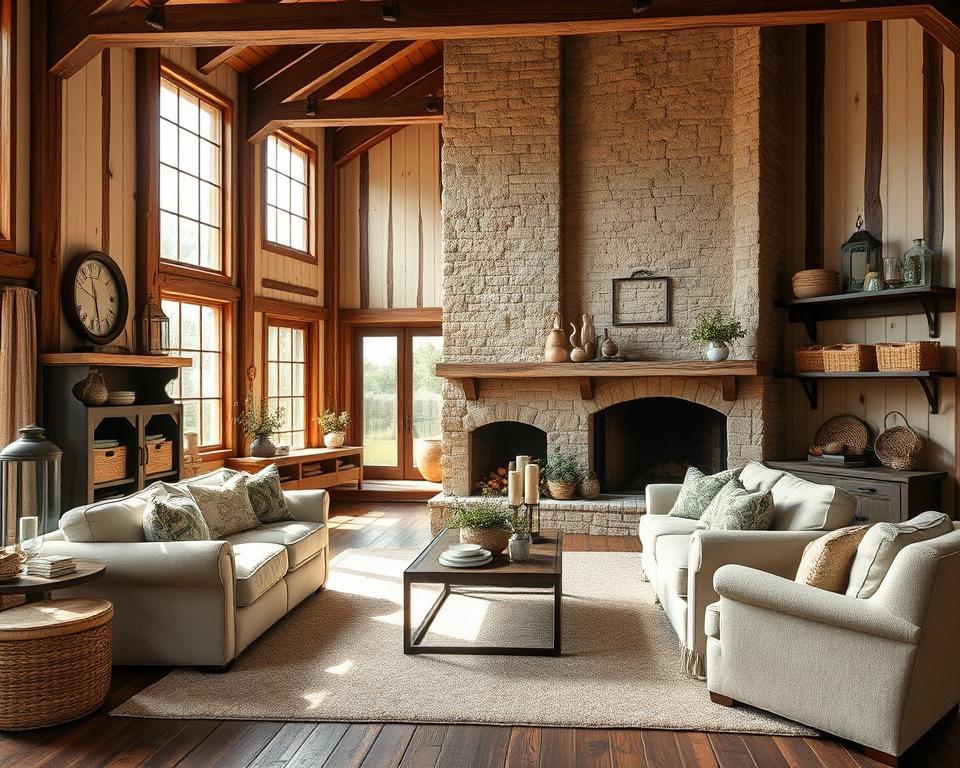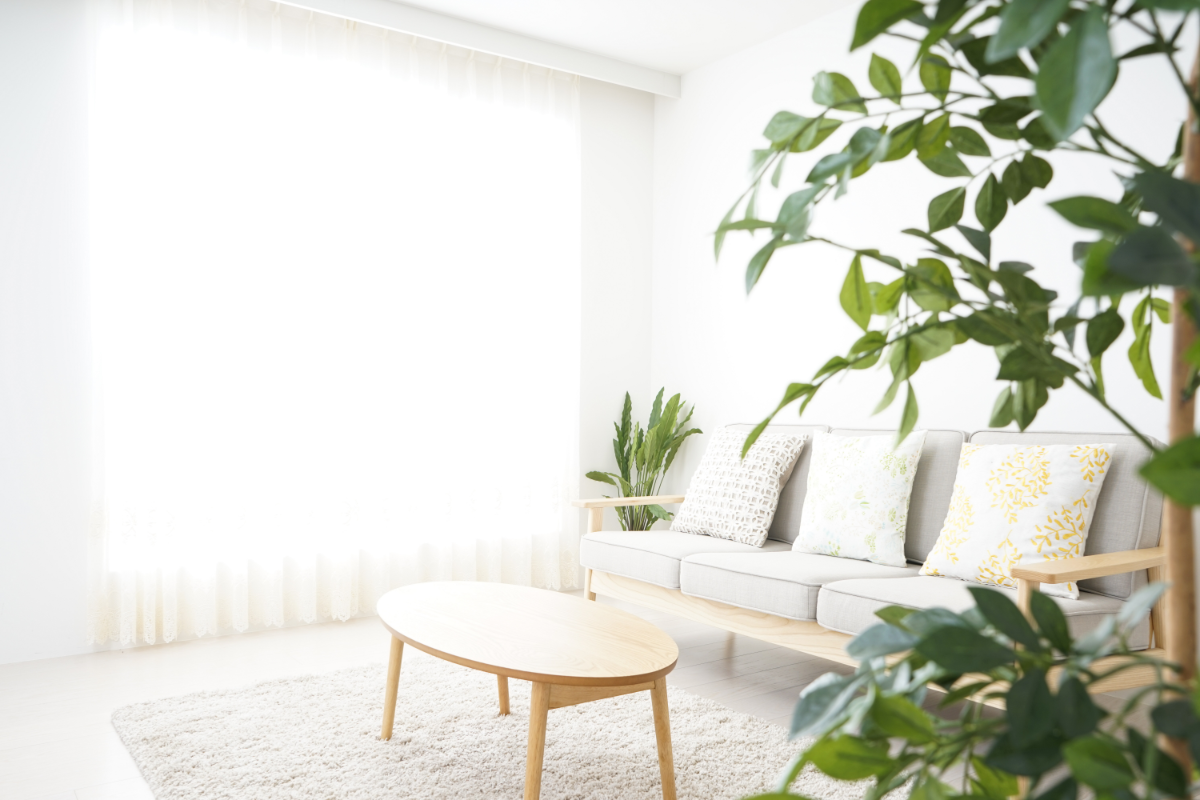Farmhouse style has become one of the most beloved and enduring design trends, known for its welcoming and rustic charm. Whether it’s the warmth of natural wood or the timeless appeal of vintage decor, the farmhouse aesthetic is both cozy and functional. But what is it about white that makes it such a pivotal color in this style? In this article, we’ll dive deep into why white is so important in farmhouse interiors, how to use it correctly, and the tricks to avoid overusing it. So, grab your coffee, and let’s explore!
Farmhouse style evokes a sense of nostalgia, bringing the comfort and simplicity of rural life into modern homes. Its foundation lies in the use of natural materials, distressed finishes, and practical, well-crafted furniture that invites relaxation and ease. White plays a crucial role in this aesthetic, serving as both a neutral backdrop and a focal point in many farmhouse-inspired spaces. It’s not just a color; it’s an essential component that enhances the overall mood and functionality of a room, making it feel open, airy, and timeless.
The appeal of white in farmhouse interiors is rooted in its versatility. It allows homeowners to experiment with different textures, patterns, and colors while maintaining a cohesive and soothing atmosphere. From the creamy whites found in shiplap walls to the soft whites of distressed furniture, this color creates a harmonious flow throughout the home, uniting various design elements into a seamless, rustic chic look.
But while white can be incredibly effective in enhancing farmhouse spaces, it’s important to understand how to use it wisely. Overusing white can lead to a sterile or overly simplistic feel, so balance is key. In this article, we will share practical tips on how to incorporate white into your farmhouse home in a way that elevates the design without overwhelming the space. So, whether you’re decorating a cozy kitchen, a spacious living room, or a tranquil bedroom, keep reading to discover how white can be the perfect touch for your farmhouse retreat.
Understanding the Farmhouse Style
The Origins and Evolution of Farmhouse Design
The farmhouse style originated from rural farmhouses where practicality took precedence. The design was simple, with an emphasis on natural materials like wood, metal, and stone. Over time, this style evolved, blending rustic elements with a modern touch to create a warm and inviting atmosphere.
Key Characteristics of Farmhouse Style
Farmhouse design is characterized by its casual, lived-in feel. The use of natural materials, vintage furnishings, and open spaces defines this style. White plays an essential role in giving the space a timeless, clean, and airy look that contrasts beautifully with the rustic materials.
The Role of White in Farmhouse Style
Why White is Essential in Farmhouse Interiors
White has a special place in farmhouse design because it embodies simplicity, cleanliness, and lightness. The bright tones of white open up spaces, making them feel larger and more airy. It also pairs effortlessly with other colors and materials, creating a neutral backdrop that allows the rustic elements to shine.
White as a Neutral Base in Farmhouse Design
White serves as the perfect neutral base in farmhouse interiors. It complements both the rough textures of wood and the sleekness of metal, creating a harmonious balance in the space. Whether on walls, furniture, or decor, white works as a canvas for other elements.
How to Incorporate White into Your Farmhouse Home
White Walls: A Timeless Choice
One of the easiest ways to bring white into a farmhouse home is through the walls. White walls create a fresh, clean backdrop that reflects light, making rooms feel spacious and bright. Opt for soft whites, like off-white or eggshell, to add warmth without feeling too stark.
White Furniture: Balancing Comfort and Elegance
White furniture adds elegance and sophistication while keeping the vibe casual. Consider whitewashed wood or distressed white-painted pieces to achieve that rustic farmhouse look. Chairs, tables, and sofas in white bring an air of serenity to the room.
Accents and Accessories in White
From throw pillows to rugs, candles, and picture frames, white accessories add a layer of texture without overwhelming the space. These elements are perfect for achieving that cozy, lived-in feel that is central to farmhouse design.
The Benefits of Using White in Farmhouse Style
White Creates Brightness and Space
The most significant advantage of white in farmhouse interiors is its ability to create the illusion of space. This is particularly useful in smaller homes where you want the rooms to feel open and airy. White walls reflect natural light, making rooms appear brighter and larger.
White Enhances the Rustic Charm
White works wonders to highlight the rustic charm of farmhouse interiors. Whether it’s worn wooden beams or a vintage rug, the contrast between white and wood brings out the beauty of both materials. It helps to tone down any overpowering elements, creating a balanced and calming atmosphere.
Common Mistakes to Avoid When Using White in Farmhouse Style
Overdoing the White
While white is a beautiful choice, it’s important not to overdo it. Too much white can make a room feel sterile or cold. Balance is key—mix in wood tones, metal accents, and vibrant colors to keep the space inviting and grounded.
Neglecting Texture and Contrast
White walls, furniture, and accessories can sometimes look flat if you don’t add enough texture or contrast. Mixing woven fabrics, rough-hewn wood, and metallic finishes adds depth to the space, ensuring it doesn’t feel too one-dimensional.
Combining White with Other Colors in Farmhouse Style
Pairing White with Wood Tones
The combination of white and natural wood is a staple in farmhouse design. White walls or furniture with wooden accents create an effortlessly stylish and warm atmosphere. Darker woods like oak or walnut contrast beautifully with white, creating a striking, balanced look.
Adding Bold Accents to White Interiors
To prevent your space from feeling too bland, add pops of color with bold accents. A few throw pillows in navy blue, a vibrant rug, or an emerald green plant can breathe life into the space without overpowering the white base.
Maintaining the Farmhouse Aesthetic with White
Keeping It Cozy with White
White doesn’t have to feel cold or uninviting. Textiles like blankets, pillows, and drapes in cozy fabrics such as linen or cotton bring warmth to the room. Choose soft whites to create a welcoming, comfortable environment.
Preserving the Farmhouse Warmth with White
While white is often associated with modernity, it can still feel cozy when used correctly. Add elements like aged wood, vintage furnishings, and farm-inspired decor to preserve the traditional warmth of the farmhouse style while incorporating the bright and clean feeling of white.
White in Different Rooms of a Farmhouse
White in the Living Room
In the living room, white walls combined with rustic wood furniture create a comfortable and timeless environment. You can introduce softer hues with accent pillows, rugs, and artworks to personalize the space.
White in the Kitchen
The kitchen is an area where white shines! A white subway tile backsplash, white cabinetry, and marble countertops exude a clean, fresh aesthetic. It’s also practical, as it makes spaces easier to clean and maintain.
White in the Bedroom
In the bedroom, white creates a serene and peaceful retreat. White linens, shabby-chic furniture, and soft white walls foster a relaxing atmosphere for a good night’s sleep.
Embrace the Beauty of White in Farmhouse Style
White is more than just a color—it’s a cornerstone of farmhouse design. It brings light, freshness, and an airy feeling to your home while allowing other elements like wood, metal, and vintage decor to shine. When used correctly, white can create a cozy, inviting atmosphere in every room. Embrace the power of white and watch your farmhouse home come to life with timeless charm!
White serves as a versatile canvas that allows other farmhouse design elements to stand out. Its neutral nature acts as a backdrop for richer textures and tones, such as reclaimed wood, iron accents, and soft linens, creating a balanced and harmonious space. The beauty of white lies in its ability to adapt to any style, whether you prefer a more minimalist approach or a space filled with eclectic vintage finds. It’s a timeless choice that never goes out of style and only grows more inviting with age.
Beyond its aesthetic appeal, white also has a psychological effect, promoting calmness and clarity. It can make smaller spaces feel larger and more open, giving them a sense of airiness that is perfect for a relaxed, farmhouse-inspired atmosphere. Whether you’re refreshing a room with a coat of white paint or incorporating white furniture and decor, this color has the power to transform any space into a sanctuary.
White is also incredibly easy to work with, allowing you to update or refresh your farmhouse look without completely overhauling the entire space. You can easily swap out accessories, change up textiles, or add pops of color, knowing that white will always provide the perfect foundation. With its adaptability, warmth, and timeless charm, white truly is the heart of farmhouse design, ensuring your home feels welcoming, serene, and effortlessly beautiful.

Rachel Branson is the creator of The Ponds Farmhouse, a blog dedicated to farmhouse décor and DIY projects. With a passion for helping readers create beautiful and unique homes that reflect their personal style, Rachel offers a variety of content, including simple and budget-friendly decorating ideas, DIY and craft projects, thrifting and vintage finds, and entertaining tips.
Throughout her life, Rachel has been an avid DIYer, always seeking budget-friendly ways to achieve high-end, boutique looks. She is fortunate to have the support of her husband, Brad, who assists with the heavy lifting and provides a voice of reason when new ideas arise. Their projects and decorating ideas have been featured in publications such as Farmhouse Style Magazine, American Farmhouse Magazine, and Real Simple.
Through The Ponds Farmhouse, Rachel shares her expertise and passion for farmhouse décor, inspiring readers to create homes they truly love.



